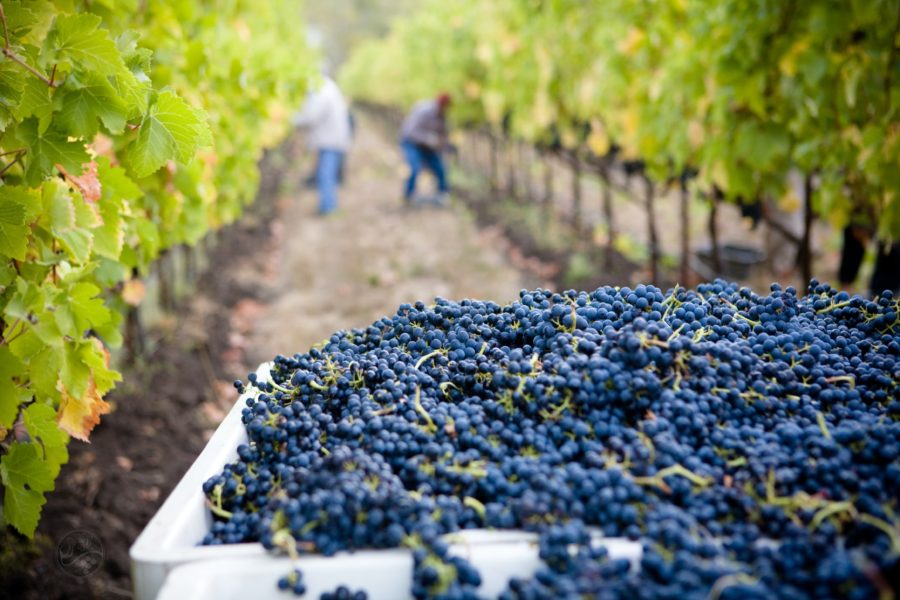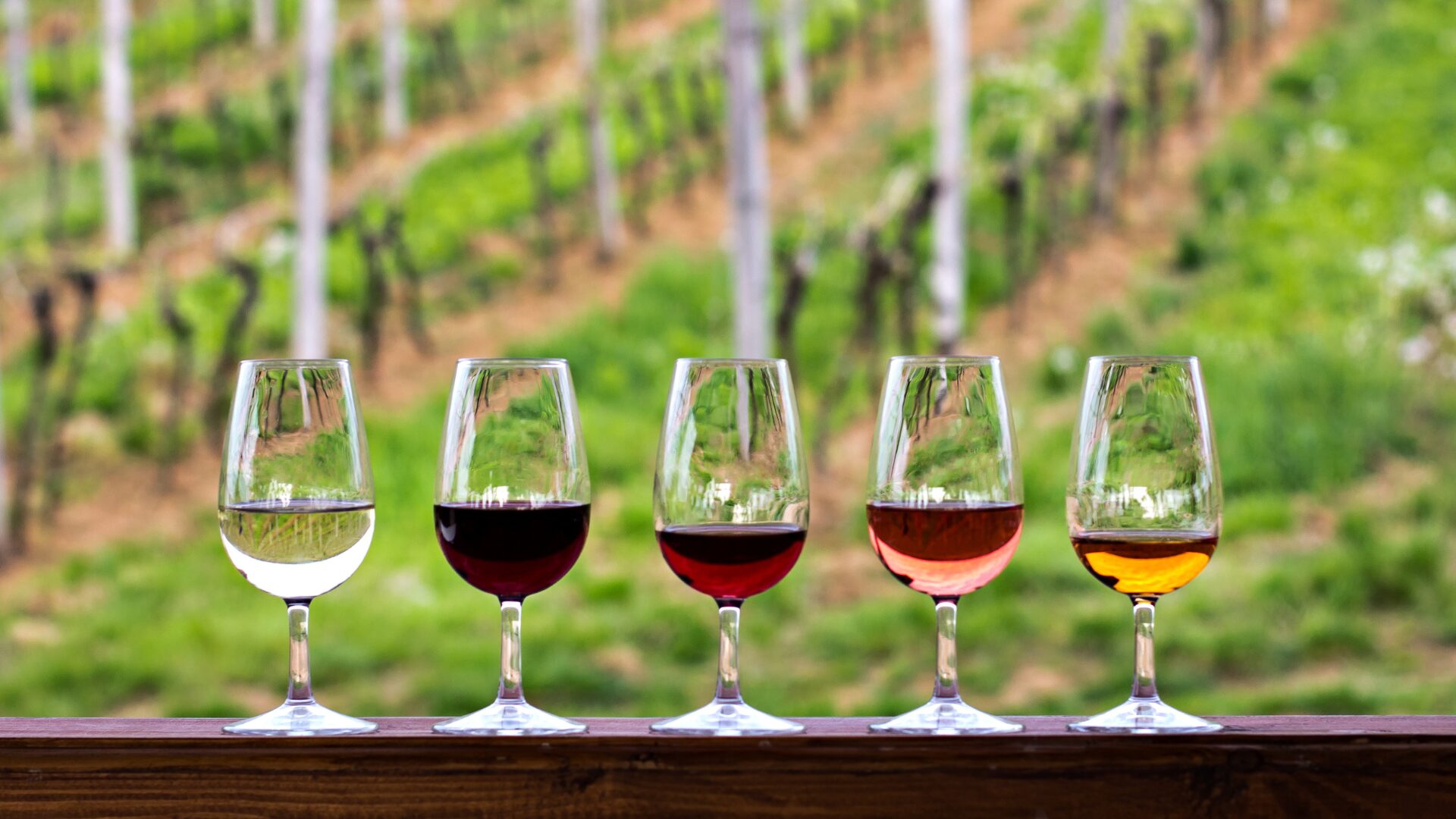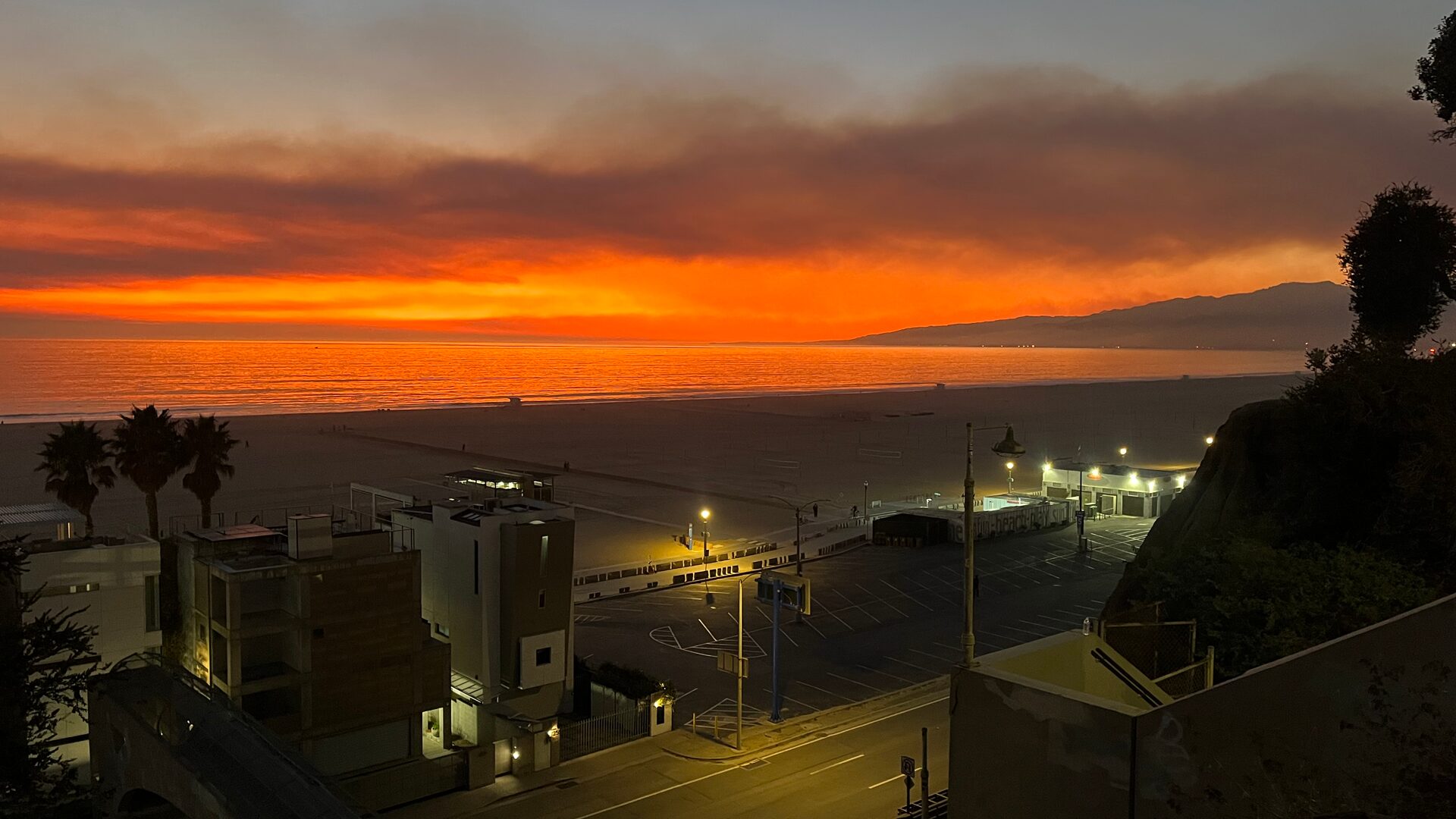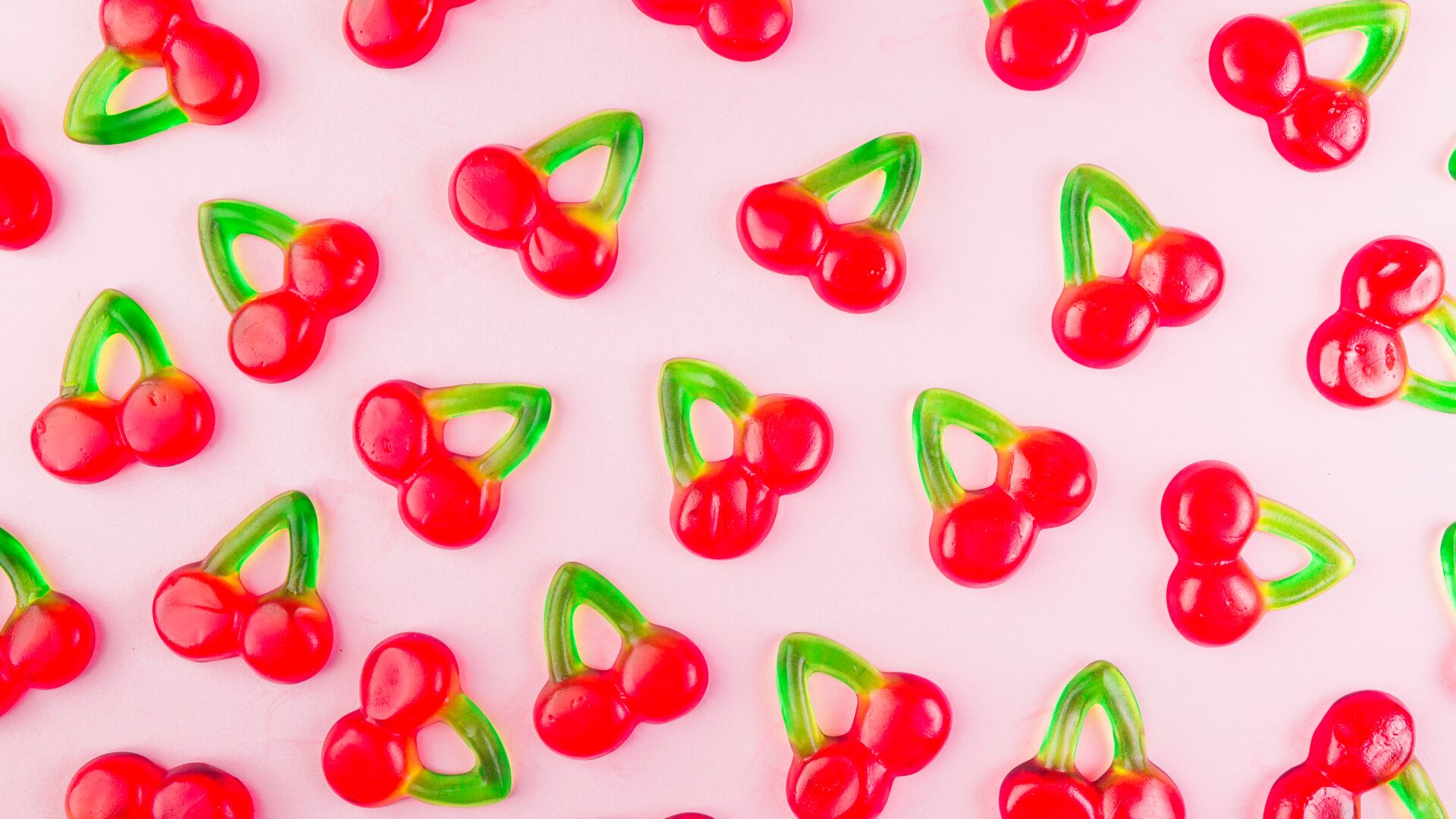California wildfires mean Napa area wine producers are losing stored wine and warehouses, reported The New York Times (Oct. 5).
Damage to vineyards has been less severe in the fires in the last weekend of September, but some wineries saw the loss of their entire ’19 and ’20 vintage in a year already bad for growing with its hot, dry, and smoky conditions.
Newton, in the Spring Mountain District, recently completed a major renovation of its winery, which was destroyed, while a large warehouse and winery area at Castello di Amorosa were destroyed and at least 10,000 cases of wine were ruined.
Numerous other wineries, including Hourglass, Merus, Behrens Family, Fairwinds Estate, Paloma Vineyard, Tuck Beckstoffer Estate, Spring Mountain Vineyard, and Sterling Vineyards were all assessing the damage in a volatile situation.
Grape vines are often able to withstand fire damage during growing season. But dried cover crops like legumes planted between the rows can catch fire, as well as infrastructure like rubber irrigation hoses and drainage equipment.
Even prior to the latest round of fires, the smoke that hung over wine country in September was taking its toll. For the first time since 1978, Chateau Montelena, a historic producer near Calistoga, will not make an estate cabernet sauvignon because the grapes were tainted by ash and smoke.
Smoke taint from wildfires has become an increasing global problem for winemakers, reported Wine Enthusiast (Oct. 2). Treatments to remove it are often expensive and it can be difficult to predict their effectiveness, according to Anita Oberholster, enology specialist in the department of Viticulture and Enology at University of California, Davis.
However, an Australian distiller with a background in wine devised methods to make spirits from smoke-tainted grapes and created an alternative to dumping them.
After a brutal wildfire season last year burnt around 3,000 acres of vine, Trynt Xavier, senior distiller at Archie Rose and his team worked with five growers and four wineries in the Hunter Valley to procure 50,000 liters of wine made from Shiraz and Cabernet Sauvignon.
The response from the wine community was enthusiastic, according to Xavier. A prerelease of eau de vie made from the grapes, called Hunter Valley Shiraz Spirit, was priced at approximately $73 and sold out almost immediately.
Meanwhile, wildfire smoke drifting into the San Joaquin Valley has blocked the sun, causing significant delays in the drying process for converting grapes into raisins, reported AgAlert (Oct. 7).
Raisin drying has been delayed by two weeks due to the smoke cover, according to Fresno County farmer Randy Rocca of Rocca Ranches. “We are losing direct sunlight and solar radiation because of the smoke,” he said. “If it is 95 degrees outside, it is 140 degrees at the dirt.”
Rocco, who grows raisins for Sun-Maid Growers of California, said the smoky air acts as the equivalent of a shade cloth over the crop.
Additionally, there are currently fewer table grapes in storage in California than at the same time during the previous two seasons, according to a USDA report, reported Fresh Fruit Portal (Oct. 7).
There were 9.3 million boxes in storage as of Sept. 30, according to the Western Fruit Report Grape Cold Storage Summary. This is compared to the 10.4 million boxes on the same date last year, and 12.9 million in 2018.
The Scarlet Royal variety had the highest number of grapes in storage, followed by Autumn King.












